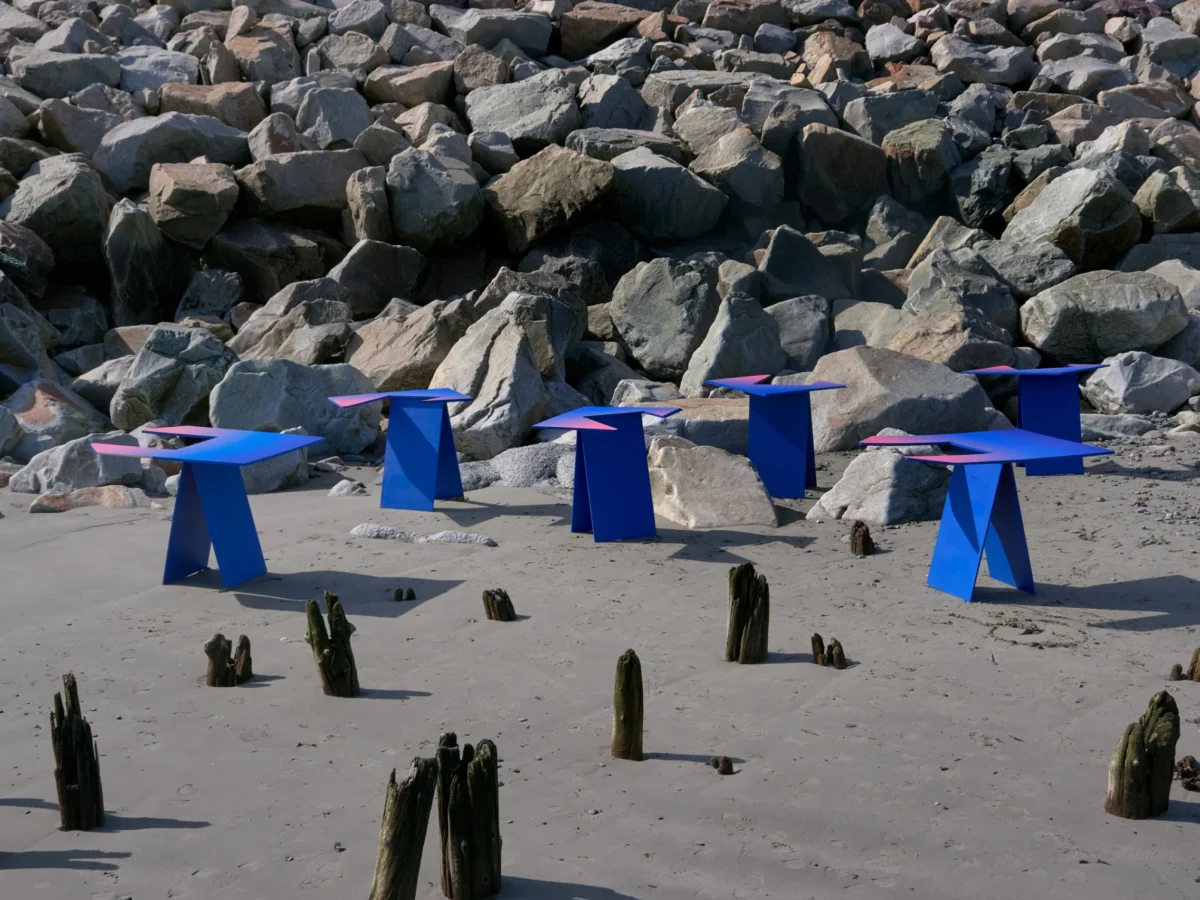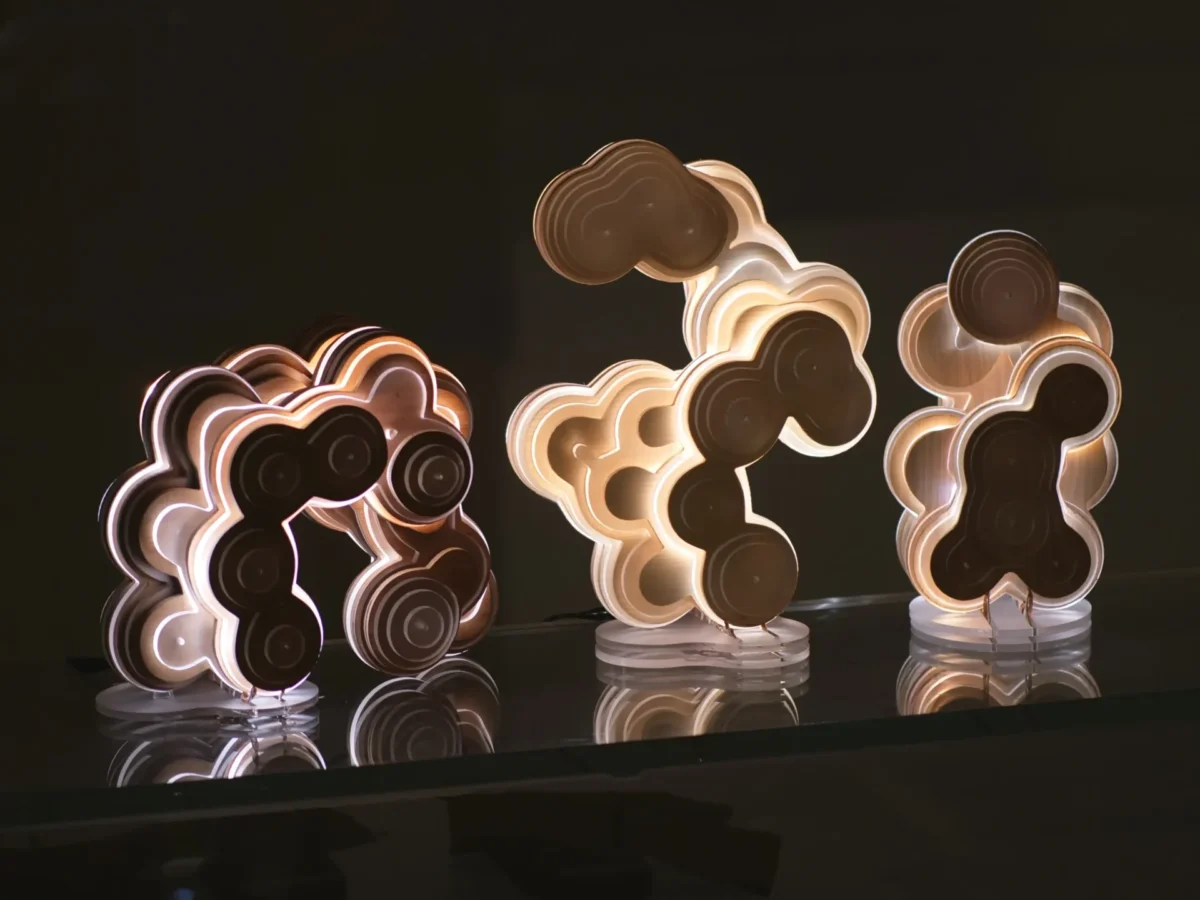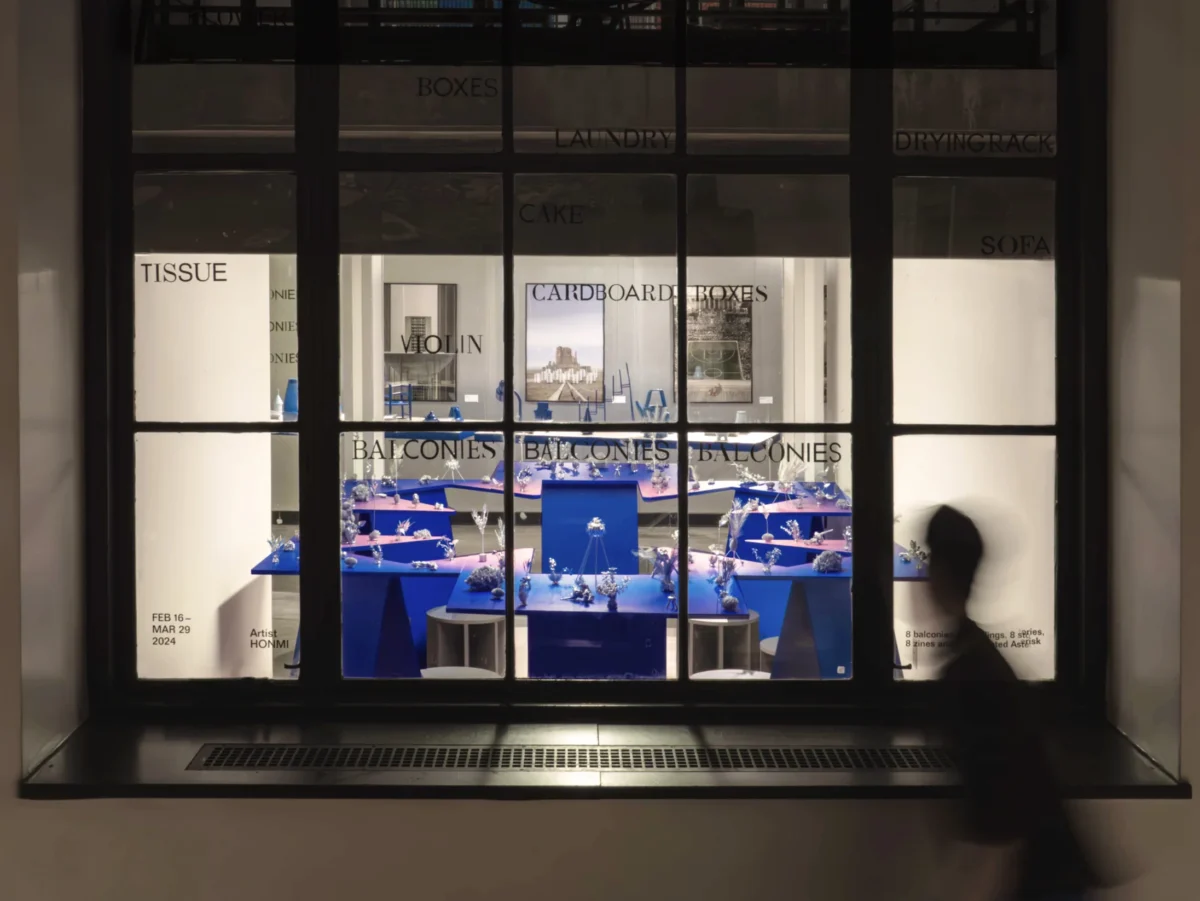All across the MIT campus, researchers in 30 departments and five schools regularly test the boundaries of knowledge. Research at MIT is often empirical—based on quantifiable data gleaned from controlled experiments and observations. But there is another genre of research at MIT, the genre of art, equally valuable and equally rigorous. Working in a variety of media and subject matter, artists at MIT conduct a more visceral form of inquiry that helps expand and redefine our perception of the world and our relation to it.
The three winners of the 2024 Harold and Arlene Schnitzer Prize in the Visual Arts work across several media to offer novel sensations and perspectives. Their broad range of subjects includes technology, light waves, geopolitics, and unrequited love. As graduate students, each of them received a $5,000 award.
Established in 1996 through the generosity of Harold ’44 and Arlene Schnitzer of Portland Oregon, the Schnitzer Prize is presented to current MIT undergraduate and graduate students for excellence in a body of work in the visual arts. Students submit an artistic portfolio for consideration.
Dexter Callender III: Catching Waves


A second-year master’s student in the Future Sketches group at the Media Lab, Dexter Callender III explores the passage between transience and permanence. His chosen media include cut glass, computer code, and frosted acrylic. His chosen subject is light. “I was searching for a visual domain that was related to the way I experience sound,” says Callender, who is an accomplished jazz saxophonist. “I found that domain in light.”
In “Light Sculptures: Matters of Impermanence,” Callender transforms the movements of natural light across interior spaces into glass sculptures. Working in prominent buildings, Callender first records the movement of natural light there in time lapse photography, and then uses code to extract shapes the light has traced. Those shapes are imported into 3D software and cut into glass waves with a waterjet. “I am recording moments that occur once and then are gone,” Callender explains. “Glass is fragile and precious, and seemed best suited to capture that.”
Light is the protagonist throughout Callender’s portfolio. “Cloud Light” is a mixed media sculpture inspired by the way clouds diffuse light from the setting sun. In “Refraction Studies,” the artist creates acrylic surfaces that refract light to produce a specific projected image. With an orbiting light source and a mirror that reflects light at angles across a clock face, “Light Clock” is a clever 21st-century take on the classic sundial.
“Right now, the thing I am most drawn to in art is the physical craft—the making of objects,” says Callender, who studied computer science and architecture at Columbia University. “I learned this at the Media Lab, and it has enabled me to better channel my experiences into artwork.”
Zhanyi Chen: Satellite of Love


Most artists use objects to tell stories and generate emotion. But few artists employ those objects the way Zhanyi Chen does. “I am interested in using technologies not in the ways they are intended to be used, but as conduits for expression,” says Chen, who will receive a master’s in MIT’s Art, Culture, and Technology (ACT) program this spring. “When we use those objects in this way we can see the beauty of human emotions in them.”
The objects that Chen “misuses” in her current portfolio are satellites. And the story she tells is about her—and our—relationship with the sky above. In “Artificial Satellite Astrology,” Chen draws an astrological chart with weather satellites substituting for planets. “Since ancient times, humans have used astrology to interact with planets in a beautiful way,” Chen explains. “Perhaps we can do the same thing with satellites, to follow their positions, and not just the information they transmit.”
Satellites, the sky, and the connections we draw with them drive much of Chen’s artistic inquiry. “Tele-Sky Unplugged” uses a mirror and lens to reflect images of the sky above onto an attached CRT monitor. The work is an analog version of artist Aldo Tambellini’s 1981 “Tele-Sky,” which transmitted sky images between different countries using satellite technology. In “The Female Painter Who Fell in Love with Clouds Turned into a Cloud,” a mixed media installation, Chen tells the story of a female painter who falls in love with clouds and views a satellite as her primary rival.
HONMI: Try to See It My Way


HONMI is an artistic duo partnership of Bryan Wong SMarchS ’24 and Namhi Kwun SMarchS and MCP ’25. The pair met in 2022 during their first year at MIT. “We come from different backgrounds,” says Wong. “I studied landscape architecture, while Namhi studied design. We view the same object and story from different perspectives. It makes for a lot of arguments, and makes our art more interesting.”
HONMI uses art to distill complex narratives into bite-sized images. In “Balconies Balconies Balconies,” Wong and Kwun train their composite gaze at the threshold between interior and exterior space. The series uses digital photography and a hybrid flip book and catalog to explore the aesthetics and function of eight balconies in various parts of the world. “The balcony can be a membrane between the home and the outside world,” says Kwun. “But it can also be a way the inhabitants of the home choose to present their home to the outside world.”
In “Atlas: From the body to cosmic,” Kwun and Wong use map-like drawings to tell two complex stories. One group of drawings documents how the rice brought by Japanese colonists still dominates rice production and land use in Korea. A second group, set in a remote Russian state natural gas extraction facility, compares the highly regimented lives and movements of the workers there with the flow of blood in their bodies. “We enjoy using diagrams, drawings, and mundane objects to distill complex geopolitical frictions,” explains Wong.
The Arts at MIT presents several awards annually to MIT students who have demonstrated excellence in the arts. The Wiesner, Sudler, and Schnitzer awards are supported in part by the Council for the Arts at MIT.
Written by Ken Shulman
Editorial direction by Leah Talatinian






